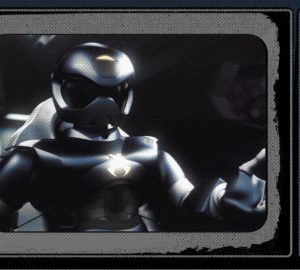With beautiful art and fun characters, “Fence” is a comic series worth the read

by Masha Zhdanova
When Boom! Studios announced that C. S. Pascat, the author of the “Captive Prince” series, and artist Johanna the Mad were working together on a fencing comic inspired by “Haikyuu!!” and “Yuri!!! on Ice,” I was excited beyond words. Two creators I like, collaborating to make a comic about a sport I love, inspired by my favorite franchises? What could be better?
And yet, part of me was preparing to be disappointed, remembering other times when I expected a lot from a work of media that then failed to deliver.
Four issues later, “Fence” continues to be one of my favorite ongoing comics. The creators did a lot of research to make sure the fencing is accurate and true to life, even taking pains to draw the complicated pistol grip handles of the swords instead of the easier to depict, but less common, French grips.
Though the structure and dynamics of the King’s Row team is different than what I experienced in high school, it still feels familiar, and reminds me of how much I enjoyed being part of the fencing team then. Every page feels like care and passion went into its creation.
There’s plenty to enjoy in “Fence” without having any fencing experience, however. Like the anime and manga that inspire it, the strength of the series is in its characters and their interpersonal dynamics. Nicholas is a funny and relatable protagonist, passionate and driven, but lacking in the resources and training his compatriots have had. His friends and teammates all bounce off each other well. I particularly enjoy Bobby, a sweetheart who ties his hair up with a bow and is one of Nicholas’s first friends on the team.
You can also see the manga influence in the art style, with heart-shaped mouths expressing joy and sparkles to indicate that something is especially beautiful. The faces are rendered more realistically than most manga, however, and the coloring is simple and appealing.
The greatest weakness of the series is perhaps its format. With 22 pages of content released once a month, the story unfolds a lot slower than in a weekly manga or anime. Four issues in and tryouts for the fencing team are only just starting. I can’t help but feel if there were more people working on the comic to put it out faster, or if each issue was a little longer, it would read better. There would be more room to expand on certain things and more time to focus on each character.
All in all, I really do recommend “Fence” to fans of stories like “Yuri!!! on Ice” and “Check, Please!” Like the anime about figure skating and the webcomic about college hockey, “Fence” uses the framework of a sport (in this case, fencing at an all-boys boarding school) to show the growth, development and change of these characters as people.





















